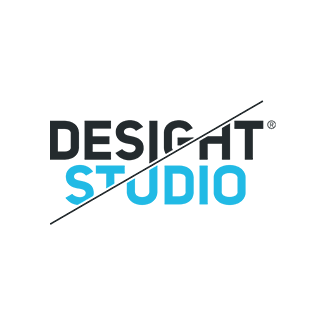
The development of corporate design is one of the most exciting challenges. It is all about casting everything a company stands for in the form, color, and words and communicating it in a highly concentrated way. At the same time, this creative construct must also be made transparent and understandable for other users (external graphic designers, web designers, agencies, editorial offices, printers) to ensure that the appearance is always implemented in the same way – keyword: recognition.
Corporate Design
Many large companies are based on founding personalities whose image has been directly transferred to the brand. With generational change and restructuring, these interrelationships have disappeared, and the brands have been left to their own devices. In Europe, AEG is one of the first companies whose brand design has been consistently implemented and documented. The German artist, architect, and graphic designer Peter Behrens shaped the consistent appearance of the company and made it understandable for other users. This includes the derivation of the logo as well as its application and the implementation of all conceivable communication measures. This starts with business cards and stationery and does not end with black-and-white conversions for faxes and copies.
Corporate design – exciting and challenging at the same time – because especially in this area, incredible tact and experience are required. DeSight Studio can look back on years of experience in the field of corporate design.
Style Guides
Corporate design is much more than “just” a logo. Ideally, it describes the entire brand world. This includes a formulated vision, mission, clearly defined values, and customer benefit(s). This content should then be reflected in the corresponding image worlds, color definitions, and other specifications. Such guidelines – the “Style Guide” or “CD Manual” – should be communicated openly both internally and externally. This prevents users from implementing their designs and undermining or diluting the long-term (and often expensive) brand identity.
Best Practice
We have collected some examples to show how consistently built, and extended style guides look like and are even made publicly (digitally) accessible.
● OMV – this very classic style guide soberly shows the correct use of a logo, font, colors, images, and all other design elements. For better orientation, incorrect applications are also presented, which are crossed out in red.
● Twitter – also this style guide is sober and short – and evident and direct in an American way. Since Twitter is not only communicated as a logo but also as tweeted content, the style guide contains its chapter on the correct presentation of tweets in other media.
● SalzburgerLand – the logo of the tourism association is used by countless hotels and accommodation facilities, initiatives, and other tourism companies. Accordingly, this style guide explains in detail the applications for every conceivable use.
Management issue
The occupation with the own Corporate Design is an excellent opportunity to examine the personal (enterprise) appearance on stringency and consequence. Perhaps this analysis will lead to new insights into vision, mission, values, and customer benefits. Maybe it’s time to rework (or have it reworked) and simplify your appearance. Professional agency input can steer these developments in a regulated direction and clean implementation. In any case, final decisions are always a matter for the boss, i.e., a question for the management and the management.



